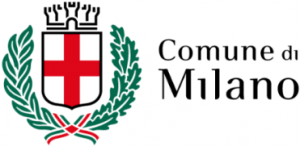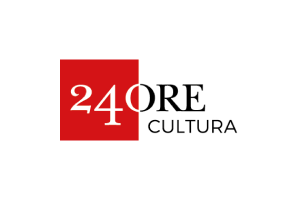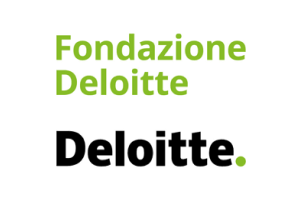Tatuaggio. Storie dal Mediterraneo
28 March – 28 July 2024
Mudec – Museo delle Culture di Milano
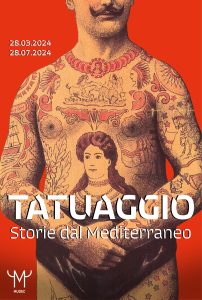
Mudec – Museo delle Culture di Milano
Via Tortona 56, Milano
Infoline
0254917123 (Mon-Fri 9 a.m.-6 p.m.)
Schedules
| Monday | 14.30-19.30 |
| Tuesday, Wednesday, Friday, Sunday | 9.30-19.30 |
| Thursday, Saturday | 9.30-22.30 |
(last entry one hour earlier)
What is tattooing? Why do people tattoo today? Are they personal choices dictated by deep-seated instincts or decisions made light-heartedly because “everyone is doing it today”? And, most importantly, what stories lie behind a mark, forever “ours”?
A tattoo can be a message to be shown in the eyes of the world, an ornament that persuades or deludes us into thinking we are unique and one of a kind, a vow kept or a playful souvenir, a symbol of belonging or a declaration of independence, a proof of love or a grieving.
From these social as well as cultural considerations stems the museum’s interest in learning more about practices, rituals, forms and expressions found in any age and in every corner of the earth-from antiquity to the present day-through an exhibition project that addresses tattooing from historical, anthropological and cultural perspectives, starting from the places where its earliest irrefutable evidence was found: the Mediterranean basin.
The original exhibition “Tattooing. Stories from the Mediterranean “, produced by 24 ORE Cultura – Gruppo 24 ORE and promoted by the Municipality of Milan-Cultura, curated by Luisa Gnecchi Ruscone and Guido Guerzoni, with the collaboration of Jurate Francesca Piacenti, traces the history of tattooing, from prehistoric evidence to the present day, focusing in particular on the Mediterraneanarea , but also exhibiting non-European materials that facilitate the comparison of a global phenomenon.
Throughout the millennia, in fact, tattoos have gradually taken on different forms, meanings and functions: one could be tattooed voluntarily to prevent and cure diseases, declare one’s rank, express one’s faith or celebrate rites of passage, or one could be tattooed “by force,” as a slave, deserter or condemned, to bear indelible marks of infamy.
It was with Cesare Lombroso, Alexandre Lacassagne, and other so-called “criminal anthropologists” that between the mid-19th and early 20th centuries tattooing became associated with marginals, prisoners, and ‘deviants.’ Thus was born the prejudice against a practice considered “primitive and atavistic,” unworthy of “civilized” man, with the consequent affirmation within specific subcultures that have proudly garrisoned it until its recent planetary mass success, which has made it a socially accepted, as well as extremely popular, body modification.
Within a multimedia and interactive stage set-up created by the planning and design studio Dotdotdot, a rich documentation of Objects, historical artifacts, instruments, sound materials, video installations, infographics, prints, engravings, texts, and reproductions from a variety of institutions and museum collections, such as the South Tyrol Archaeological Museum dedicated to the discovery of the “Iceman,” the University of Turin’s “Cesare Lombroso” Museum of Criminal Anthropology, and the National Museum of Popular Arts and Traditions in Rome and the Pontifical Museum, Pontifical Delegation for the Shrine of the Holy House of Loreto, to the private collections of Gian Maurizio Fercioni’s Queequeg Tattoo Studio & Museum in Milan.
Beginning with Ötzi, the oldest tattooed man whose body has so far been found in a state of natural mummification, to the ancient Egyptians with the seminal testimony of the mummy of the tattooed woman of Deir El Medina, the itinerary takes the visitor through an evocative kaleidoscopic collage of images, colors and experiences narrated by today’s tattoo artists/tattooists, who introduce the audience to the multifaceted reality of contemporary tattooing and in a continuous appropriation and reinterpretation of cultural meanings and messages.
Edited by Luisa Gnecchi Ruscone and Guido Guerzoni with the collaboration of Jurate Francesca Piacenti
Other exhibitions
-
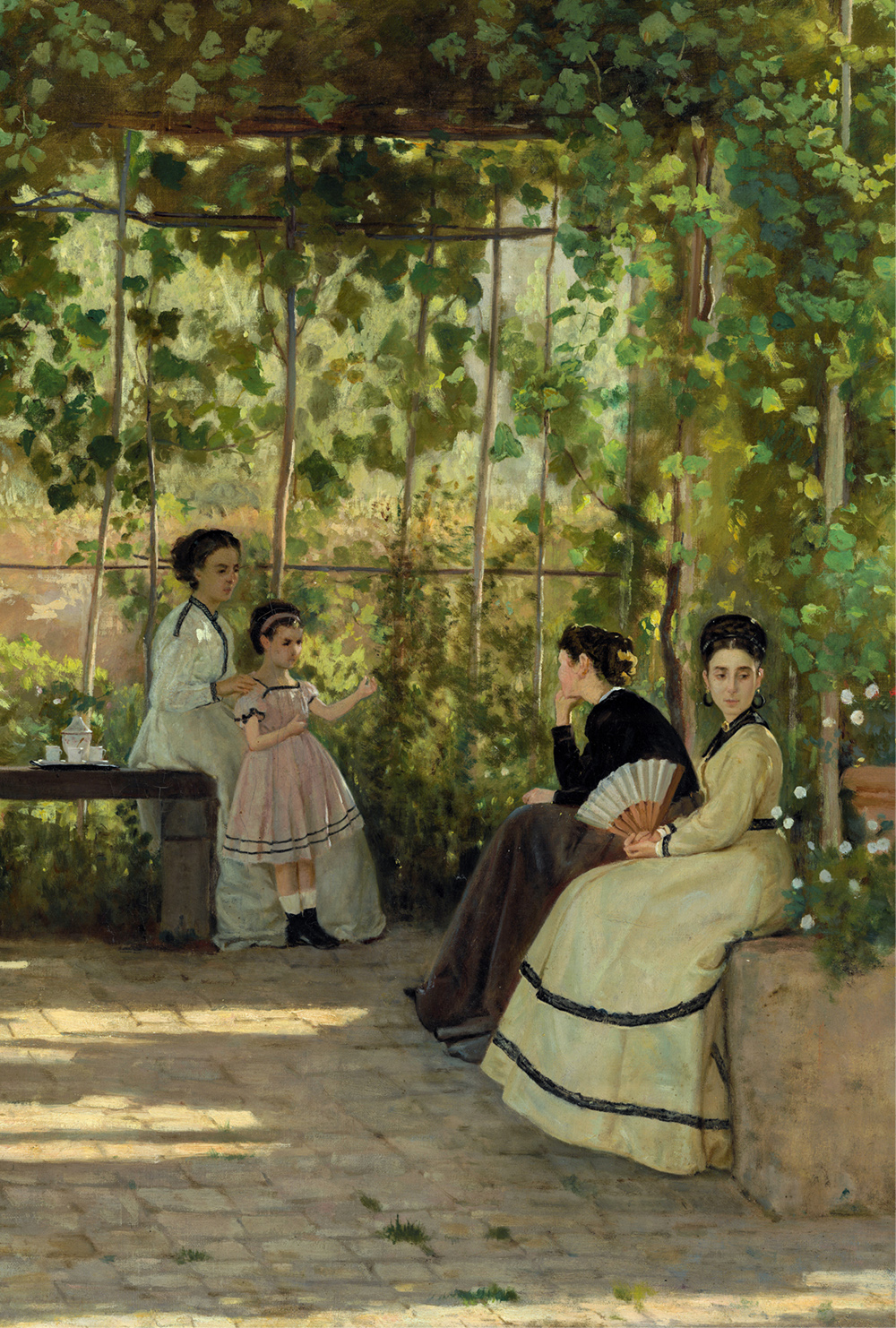
Palazzo Reale, Milan
I Macchiaioli
03 February – 14 June 2026
-
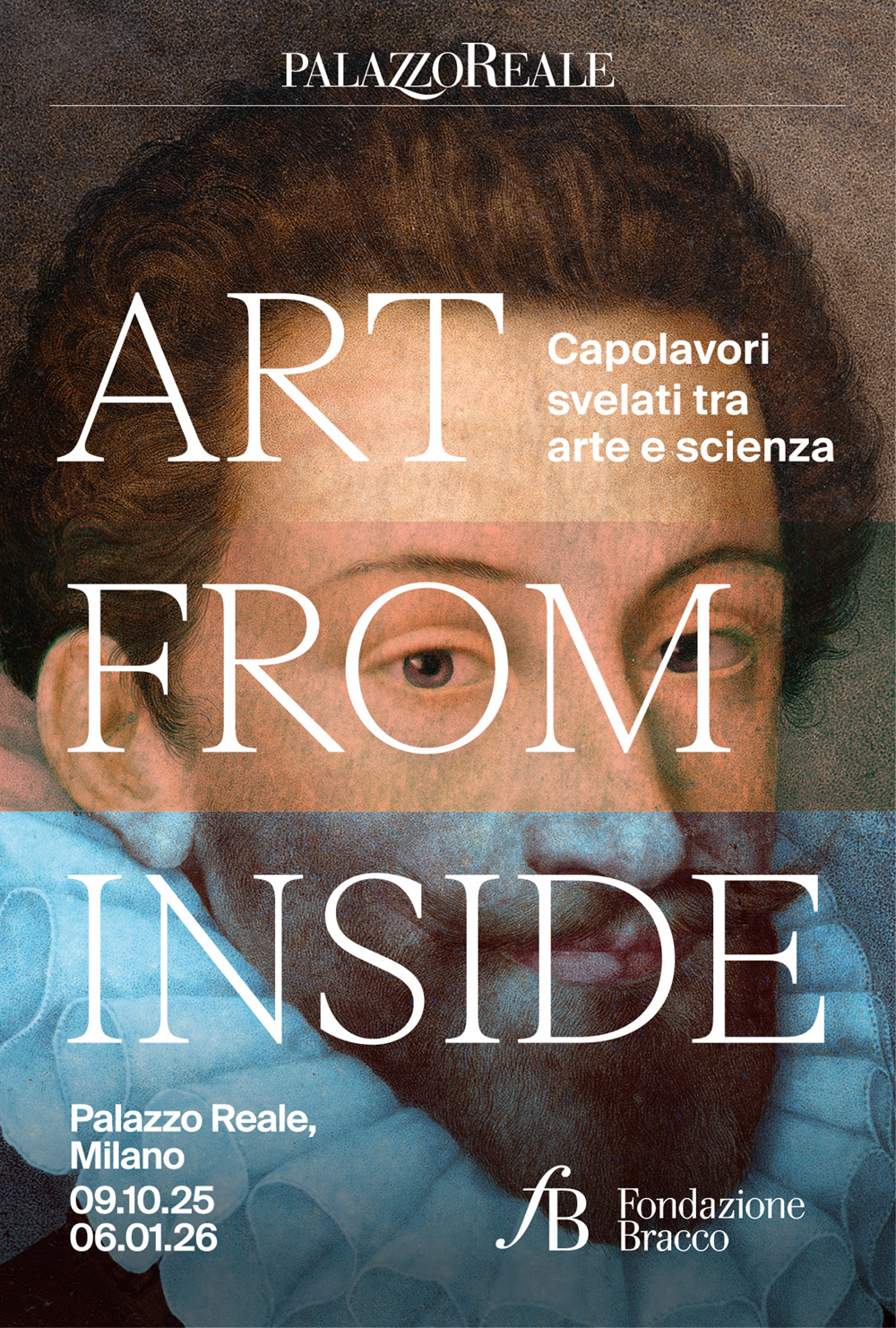
Royal Palace Milan
ART FROM INSIDE. Capolavori svelati tra arte e scienza
09 October 2025 – 06 January 2026
-
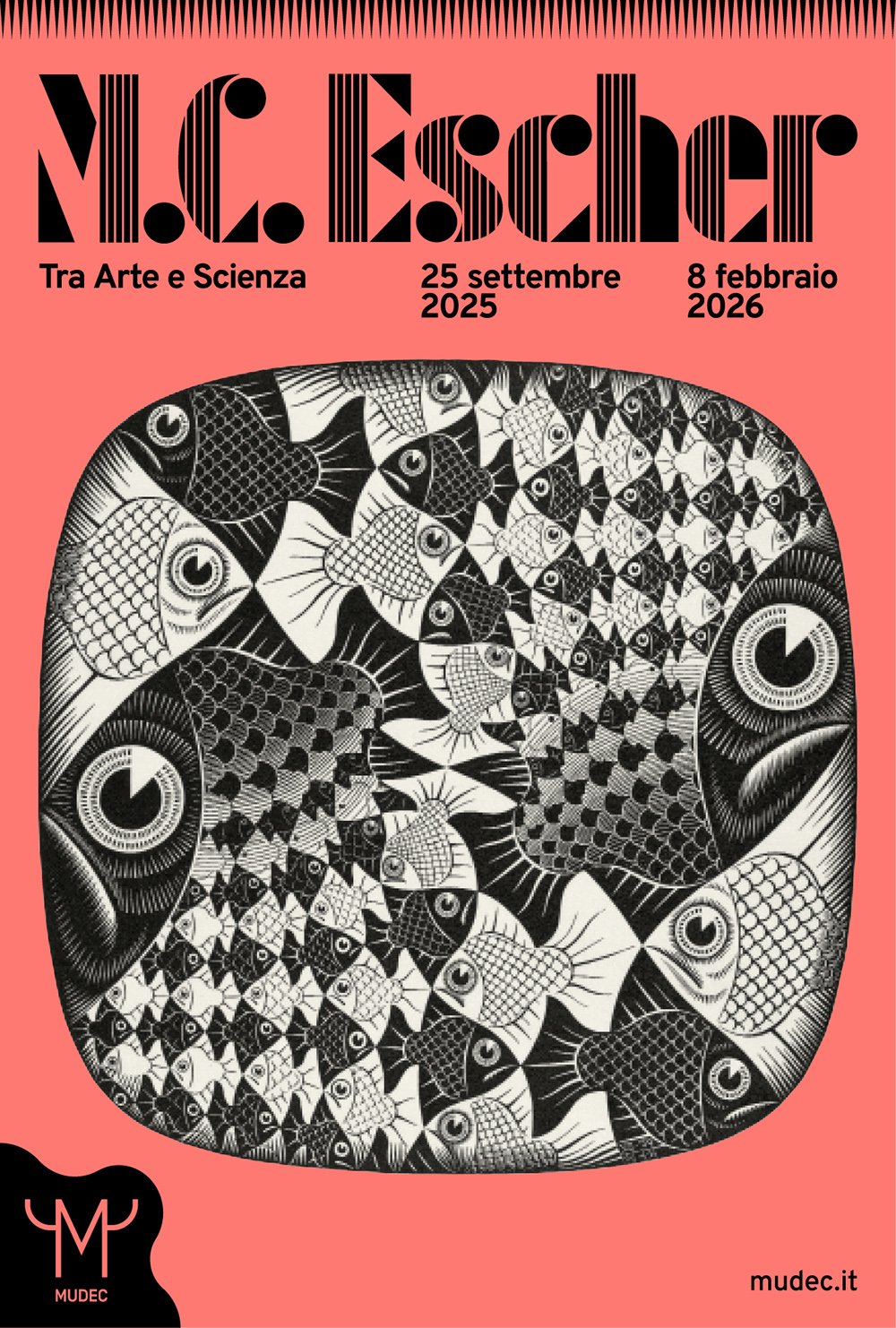
Mudec – Museum of Cultures in Milan
M.C. ESCHER. Tra arte e scienza
25 September 2025 – 08 February 2026
-
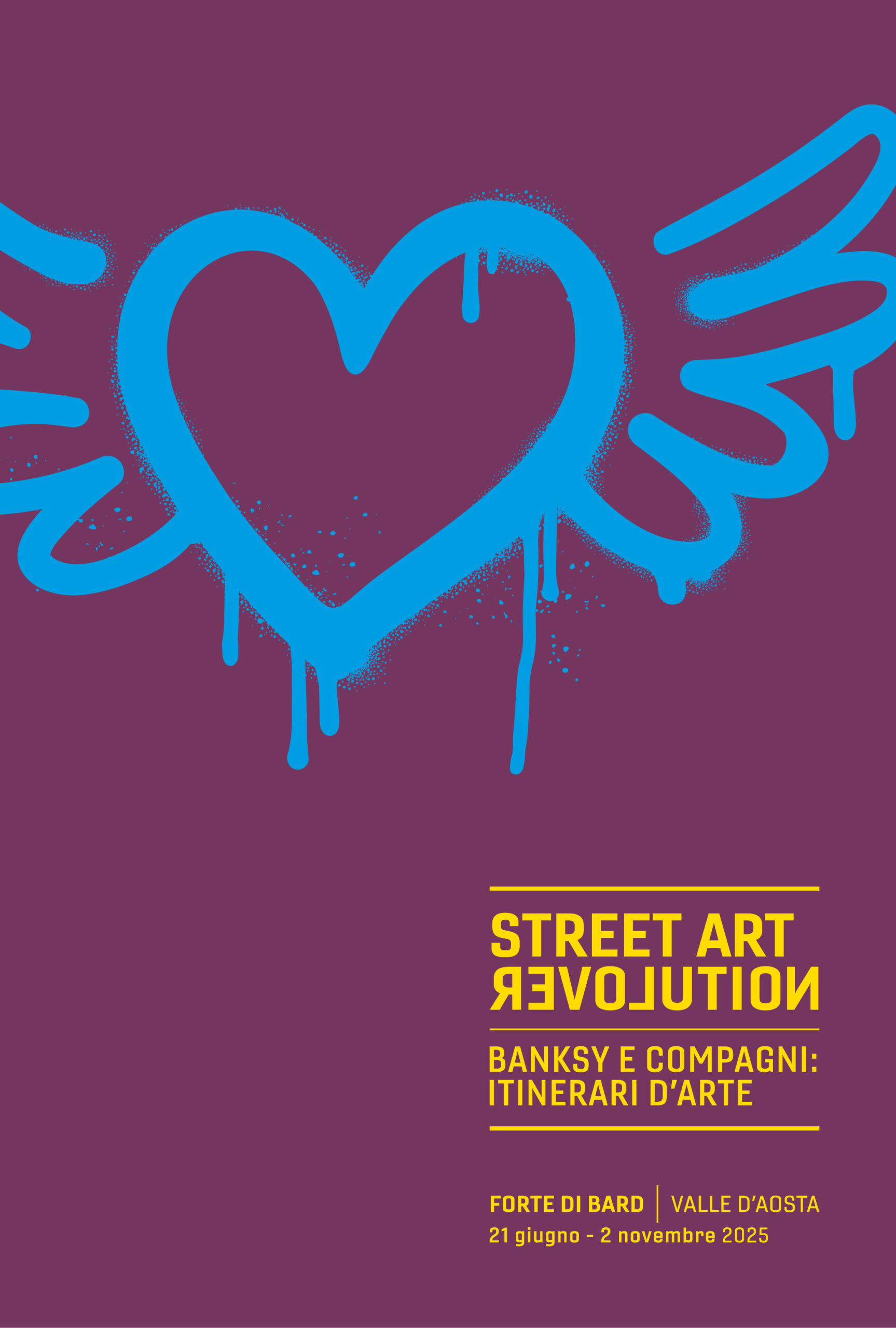
Forte di Bard
Street Art Revolution. Banksy e compagni: itinerari d’arte
21 June – 02 November 2025

